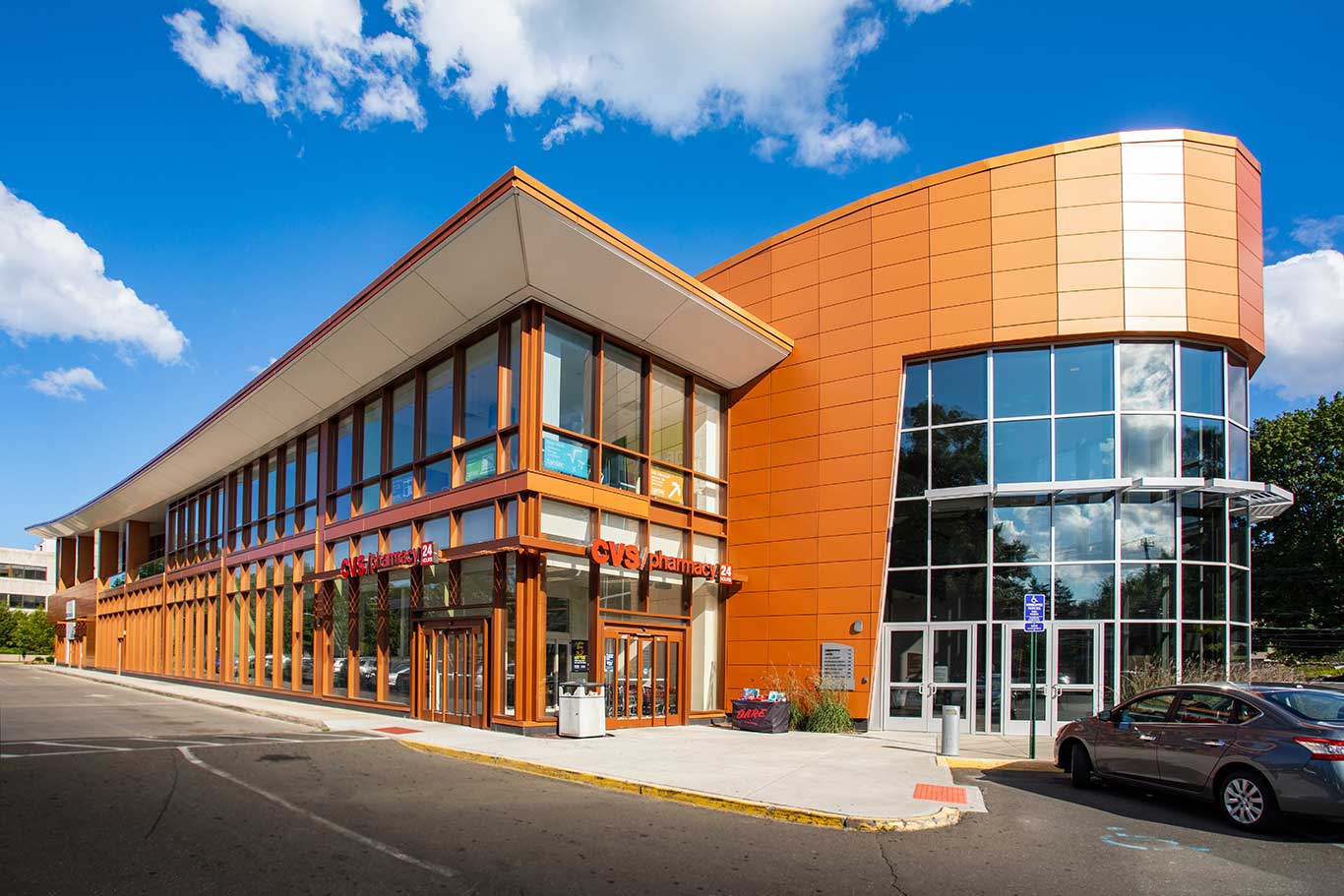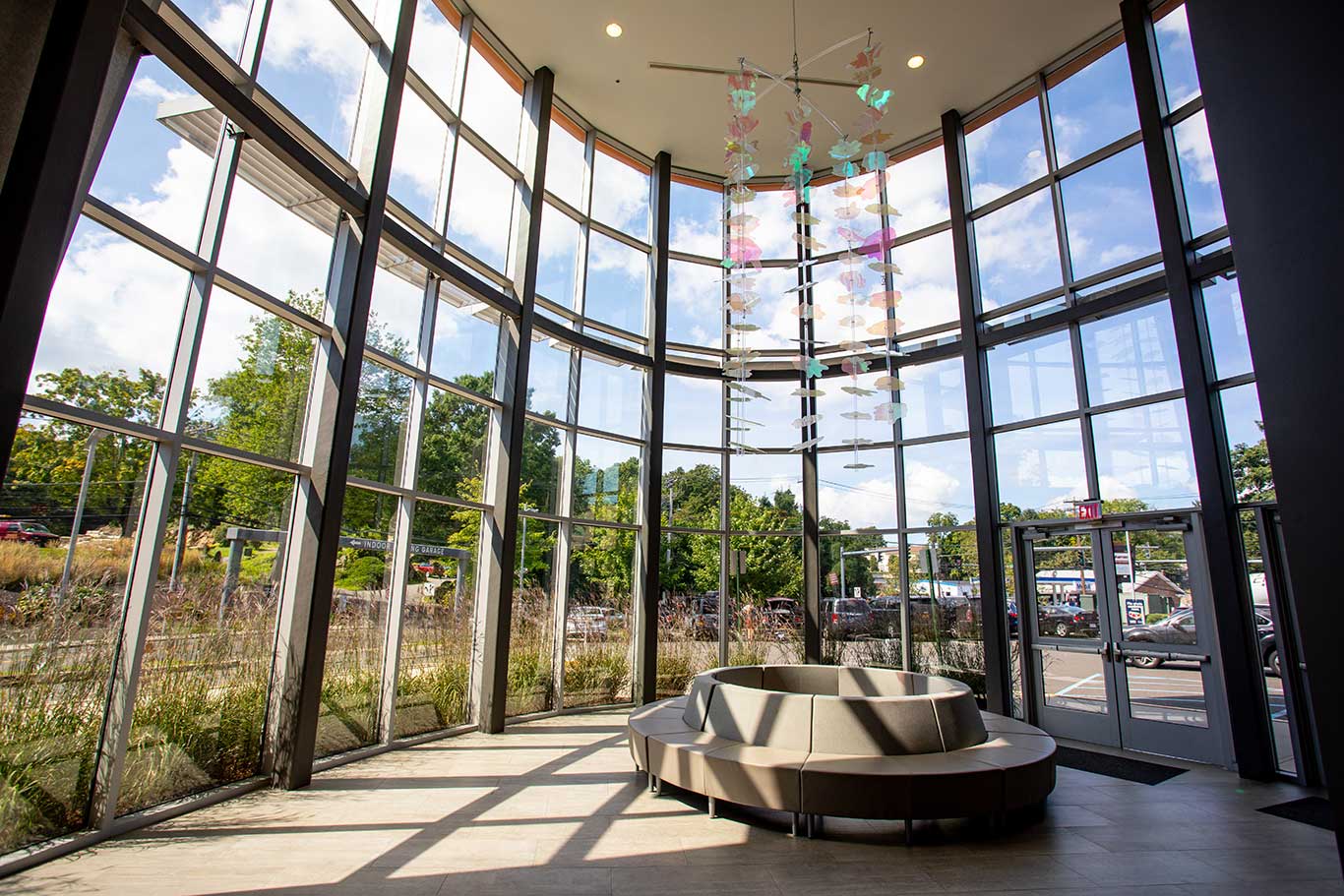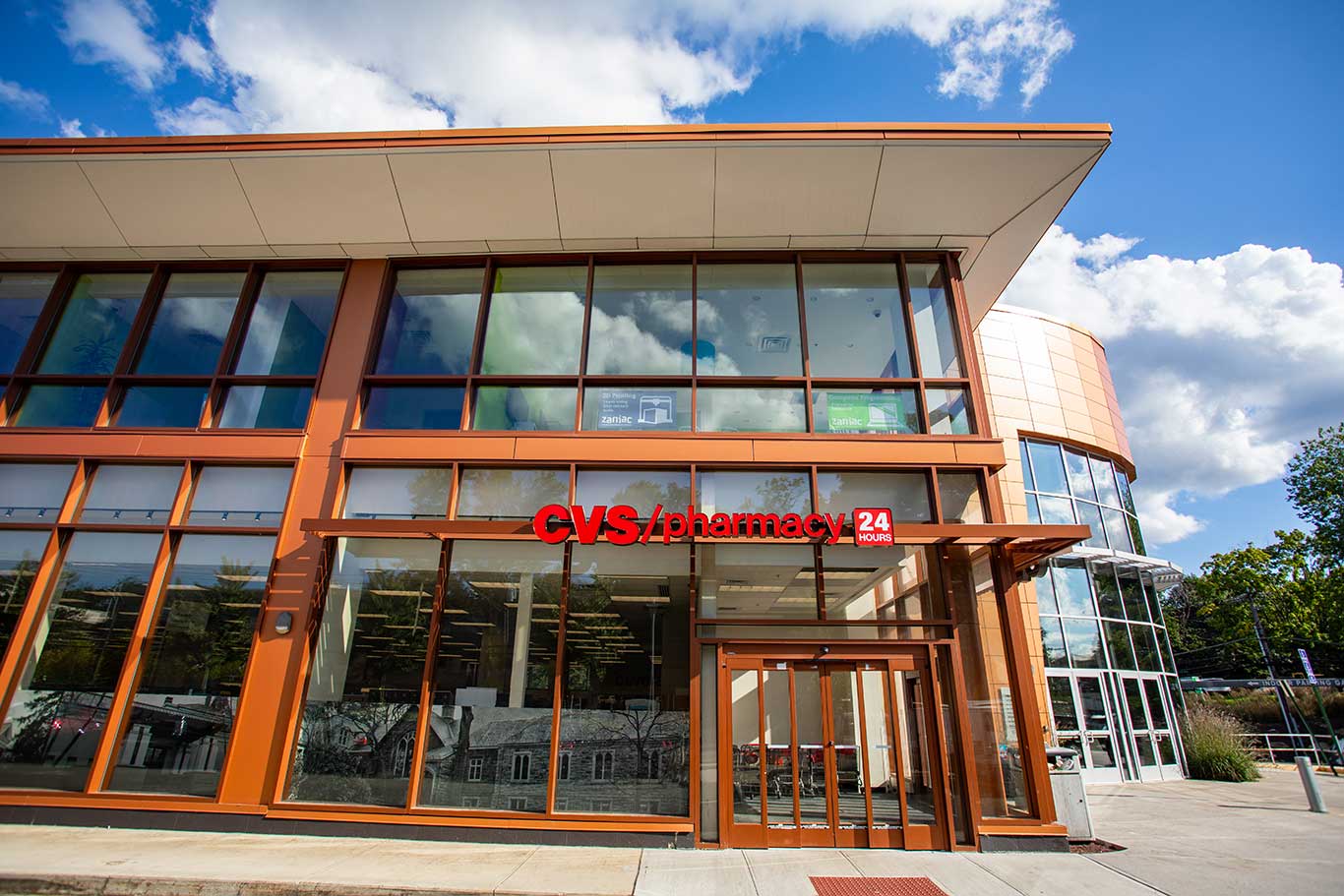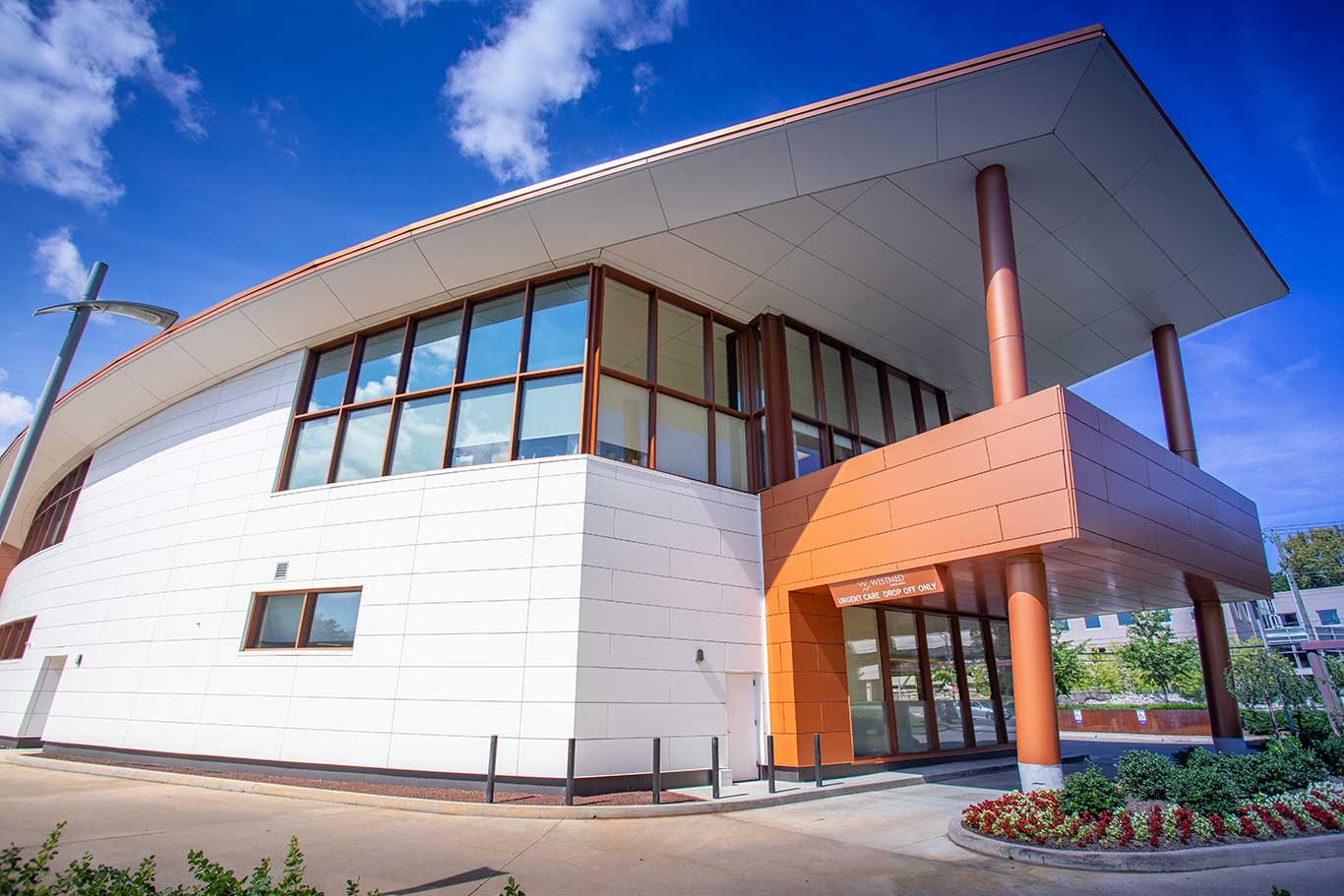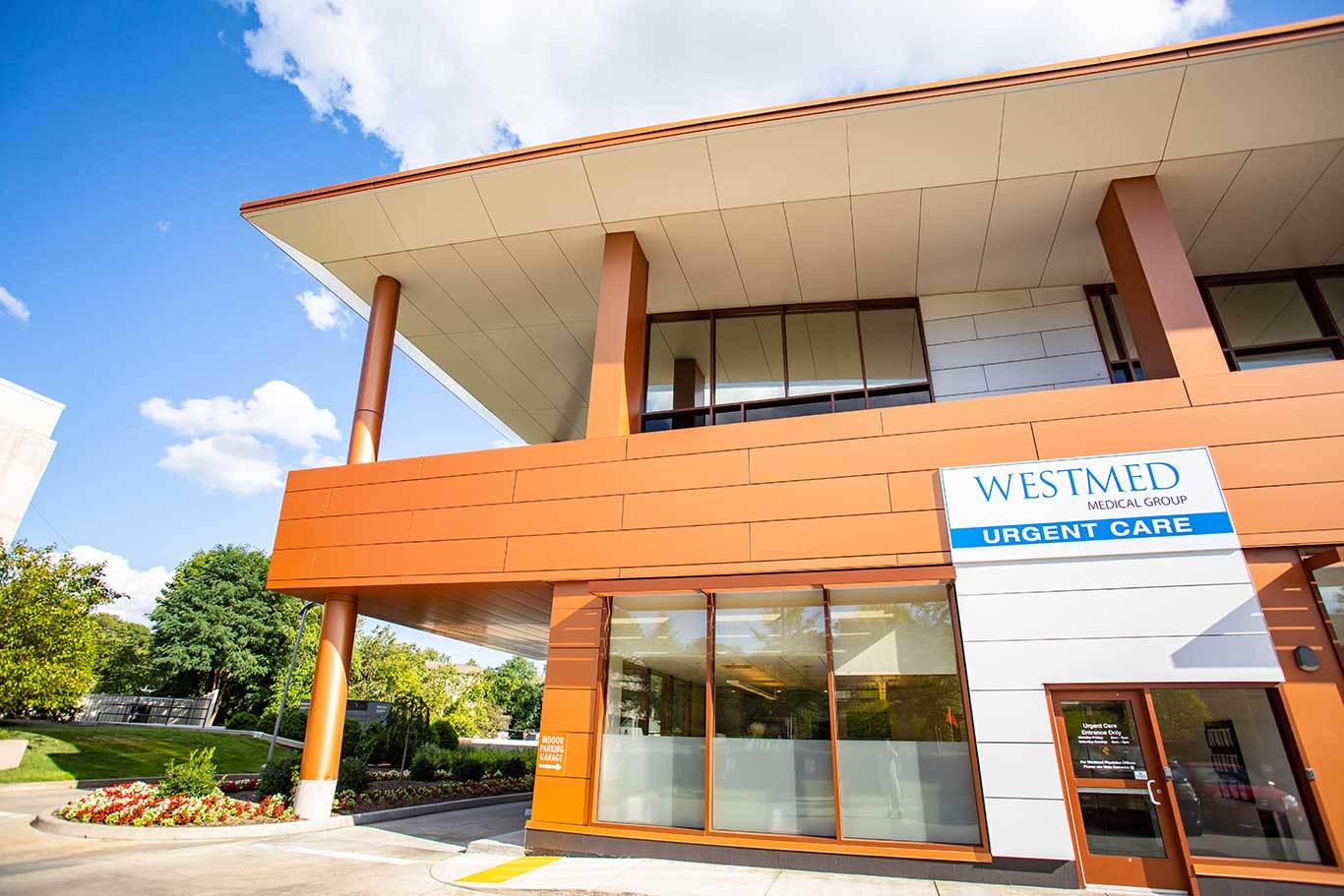Joseph Simone, President of Simone Development Companies, Predicts Urgent Care Boom to Continue
Healthcare real estate developer Joe Simone predicts that the urgent care center boom will continue in 2021.
“Urgent care centers and retail clinics continue to proliferate across the U.S. because patients are increasingly demanding convenience and affordability,” said Joe Simone, President of Simone Development Companies, a leading developer of healthcare facilities. “I see many opportunities for healthcare real estate developers in dense downtowns and urban centers as patients increasingly value proximity.”
Between 2013 and 2019, the number of urgent care centers rose from about 6,100 to 9,616, according to the Urgent Care Association.
“Much of this increase is due to patients’ unwillingness to schedule appointments days or weeks away,” said Joseph Simone. “On-demand healthcare is becoming the norm and all health providers must adjust their business models to this evolving reality.”
For urgent care facilities, location is paramount. The demand for urgent care in suburban shopping centers or retail corridors has motivated many communities to change their land-use rules to include medical practices where they formerly were not allowed. Landlords whose retail or commercial properties have become outdated are finding new tenants in the urgent care sector.
“Simone Development has been a leader in repurposing outdated buildings for new medical uses. Our Boyce Thompson Center in Yonkers, N.Y. is a model for an adaptive reuse that incorporates medical, retail, personal services, wellness and dining to create a regional destination,” said Joseph Simone. “I foresee my company going into our region’s dense downtowns to create new medical spaces that are easily accessible by foot and mass transit.”
Joe Simone, President of Simone Development Companies, Announces Advanced Therapy and Performance Leased More Than 12,000 SF at 316 Courtland Ave. in Stamford, CT
Joe Simone, President of Simone Development Companies, Announces Advanced Therapy and Performance Lease of More Than 12,000 SF at 316 Courtland Avenue in Stamford, CT.
Joe Simone, President of Simone Development Companies, has announced that Advanced Therapy and Performance, LLC, a leading provider of physical therapy and training from rehabilitation to elite performance, has leased 12,060 square feet for a new facility at 316 Courtland Avenue in Stamford, CT. The long-term lease brings the property to 94% occupancy, with only 6,000 square feet of office space remaining for lease.
“We are pleased to welcome such a high-profile tenant as Advanced Therapy and Performance to our property at 316 Courtland Avenue, which is now almost fully leased,” said Joseph Simone. “ATP assists clients with everything including orthopedic and performance screening, sport rehabilitation and targeted professional level physical performance. Flexibility and Simone Development’s vision for the leasing of the property were key factors that attracted ATP to this outstanding location.”
The Advanced Therapy and Performance team brings an integrative approach to rehab and training. By leveraging the specialties of each Integrated Performance Coach and Therapist, their treatment and training teams collaboratively utilize all modalities in the therapy and performance training community to get the fastest results possible for clients.
The 116,500-square-foot property offered the flexibility of layout that Advanced Therapy and Performance required, with clear span space and ceiling heights from 12 to 25 feet, abundant parking and ample power. The property is conveniently located only a mile from I-95 and a half mile from the Glenbrook train station.
Joe Simone of Simone Development Companies Sees Trend Accelerating for Healthcare Facilities in Retail Settings
The delivery of healthcare in retail settings continues to accelerate beyond urgent care centers to include major medical practices, according to Joe Simone, President of Simone Development Companies Simone Development Companies.
Several years ago, Joe Simone, recognized this trend when he developed the Boyce Thompson Center, an innovative 85,000 square-foot mixed-use center in Yonkers, N.Y. with a consumer-driven retail model for healthcare. The Boyce Thompson Center successfully combined trendy dining destinations and other high-traffic retail with medical practices in a historic building that was adaptively reused.
Simone’s concept proved appealing to St. John’s Riverside Hospital and the Westmed Medical Group, which became the Boyce Thompson Center’s anchor tenants. The commitment from these two medical anchor tenants subsequently attracted ENT Allergy Associates, ColumbiaDoctors, Westchester Gastroenterology, Juvanni Med Spa, Metro Vein, among others.
The adaptive reuse of this historic 1920s botanical research center earned a Westchester Municipal Planning Federation’s 2017 urban planning award. The Boyce Thompson Center has become a prototype for future mixed-use healthcare developments.
“The medical move to a retail setting is driven by patients who want an enhanced physical space where there are opportunities to shop, dine, and have access to other personal services such as restaurants, banking and clothing shops,” said Joe Simone.
Across the country, there are similar models as owners of outdated and vacant commercial buildings repurpose them for healthcare tenants. Once again, Joe Simone is leading the way. In Harrison, NY, Simone is converting a vacant office building into a pediatric specialty care facility to be leased to Montefiore Health System.
644 West Putnam Avenue
644 West Putnam Avenue
Greenwich, CT
644 West Putnam Avenue is a modern mixed-use building featuring 19,000 square feet of ground floor retail space and 20,000 square feet of second floor office/medical/retail space. CVS occupies approximately 16,000 square feet on the ground floor. The building, which has direct access to West Putnam Avenue (Route 1) and Holly Hill Lane, is situated on a two-level parking garage. Westmed Medical Group/Summit Health occupies space on the second floor of the two-story building for medical offices and space on the ground level for an urgent care facility. 644 West Putnam Avenue was developed in partnership with Fareri Associates, LP, a Greenwich-based real estate investment and development firm.
FOR LEASING INFORMATION, PLEASE CONTACT:
Joseph Simone of Simone Development Envisions Patient Demands Transforming Rehabilitation Centers
As our society ages, there will be a greater demand for rehabilitation complexes that require significantly more square footage per patient than hospitals, according to Joseph Simone, President of Simone Development Companies.
Simone said the expanding need for rehabilitation centers is a question of demographics. According to the U.S. Census Bureau, the number of Americans over the age of 65 will outnumber the amount of youth under 18 by 2034. Longer, more active lifespans will make the need for physical rehabilitation likelier for many seniors over the course of their golden years.
Rehabilitation centers typically offer transitional care for patients released from hospital care but who aren’t ready to function on their own. The patient visits range from a few days to two weeks for orthopedic, cardiovascular, and neurological recovery or up to months for cases of traumatic brain injury.
“Increasing patient choice, high-deductible insurance plans and elective surgeries will require rehabilitation centers to compete for clients by offering greater amenities and services. Patients will seek facilities that offer calming spaces for recovery, not sterile medical suites. Space-consuming amenities include physical therapy gyms, therapy pools and upper extremity training rooms, among others,” said Joe Simone.
Simone Development, which is a leading developer of state-of-the-art healthcare facilities, understands patient and family demands for supportive services, advanced technology, privacy and amenities. “We expect the 21st-century rehabilitation center to include single patient rooms, many common spaces, ample therapeutic space, accessibility to outdoor areas and family participation lounges,” said Simone.
Patient Demands Are Transforming Rehabilitation Centers
As our society ages, Simone Healthcare Development envisions a greater demand for rehabilitation complexes that require significantly more square footage per patient than hospitals.
The expanding need for rehabilitation centers is a question of demographics. According to the U.S. Census Bureau, the number of Americans over the age of 65 will outnumber the amount of youth under 18 by 2034. Longer, more active lifespans will make the need for physical rehabilitation likelier for many seniors over the course of their golden years.
Rehabilitation centers typically offer transitional care for patients released from hospital care but who aren’t ready to function on their own. The patient visits range from a few days to two weeks for orthopedic, cardiovascular, and neurological recovery or up to months for cases of traumatic brain injury.
Increasing patient choice, high-deductible insurance plans and elective surgeries will require rehabilitation centers to compete for clients by offering greater amenities and services. Patients will seek facilities that offer calming spaces for recovery, not sterile medical suites. Space-consuming amenities include physical therapy gyms, therapy pools and upper extremity training rooms, among others.
Simone Healthcare Development understands patient and family demands for supportive services, advanced technology, privacy and amenities. We expect the 21st-century rehabilitation center to include single patient rooms, many common spaces, ample therapeutic space, accessibility to outdoor areas and family participation lounges.
More Automation Is Coming to the Doctor’s Office
Patients visiting their primary care providers see considerable evidence of technology becoming more prevalent in the examination room. Doctors use laptop computers during visits; examination equipment is now digital and wi-fi connected; and office staffers communicate with patients by text or email.
Simone Healthcare Development has accommodated technology’s growing presence by building examination rooms with high-speed internet ports and increased electrical wiring for the new gear. Now the pandemic is accelerating other healthcare trends, particularly touchless tech and automation.
We’ve already seen hands-free technology at work with hand sanitizer stations and hand-washing sinks. The endless need to sanitize surfaces to avoid contagion has some medical providers asking their landlords to modify interior doors so that they will automatically open when someone approaches.
Illness screening protocols will require many of these automated doors to be connected to thermal sensors at entrances, where the devices will temperature check visitors before doors open. Medical office landlords should expect to install more thermal sensors as the technology becomes more affordable.
Medical office builders will also have to consider how they will build self-sanitizing examination or waiting rooms and which technologies—ultraviolet lights, ceiling misting systems or others—will work best for tomorrow’s medical practices.
Simone Healthcare Development’s architects are already incorporating into their designs the post-pandemic protocols that will become permanent, while allowing space flexibility to incorporate tomorrow’s demands.


